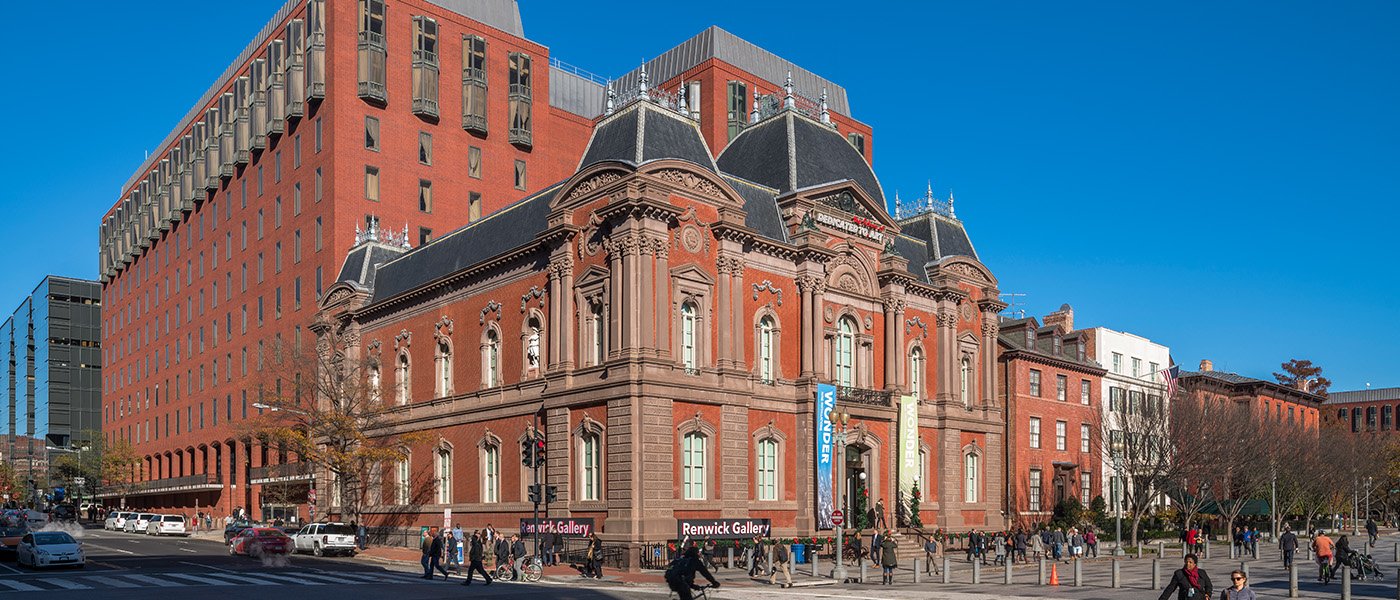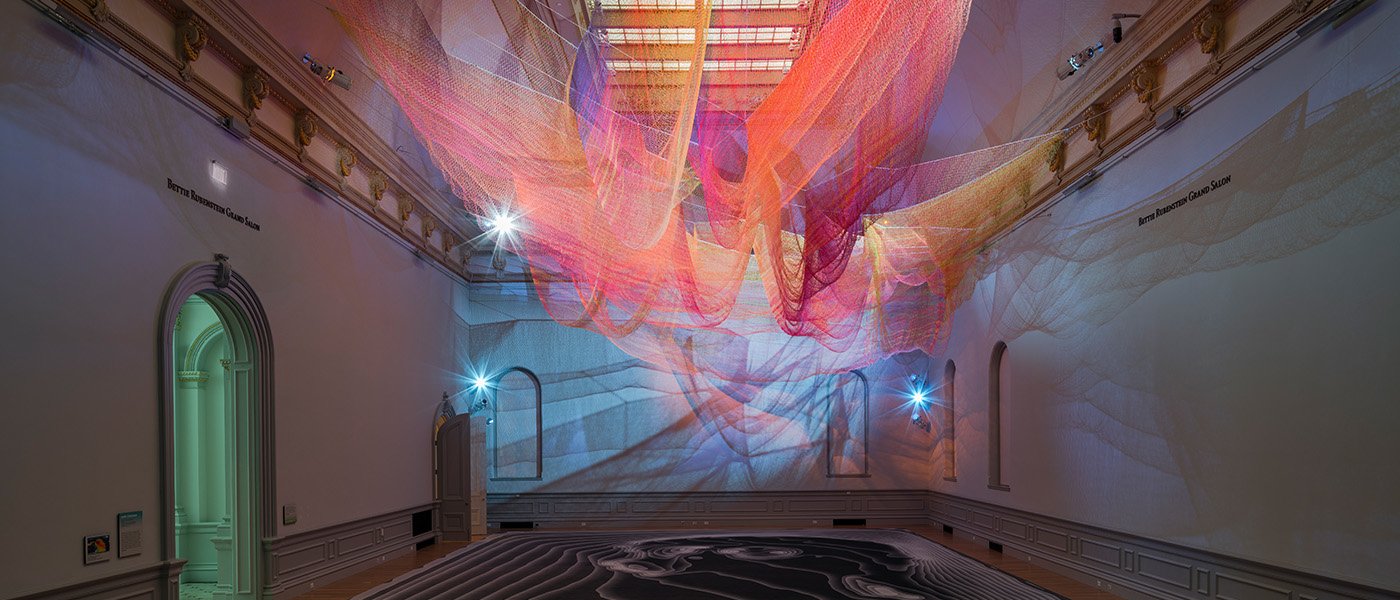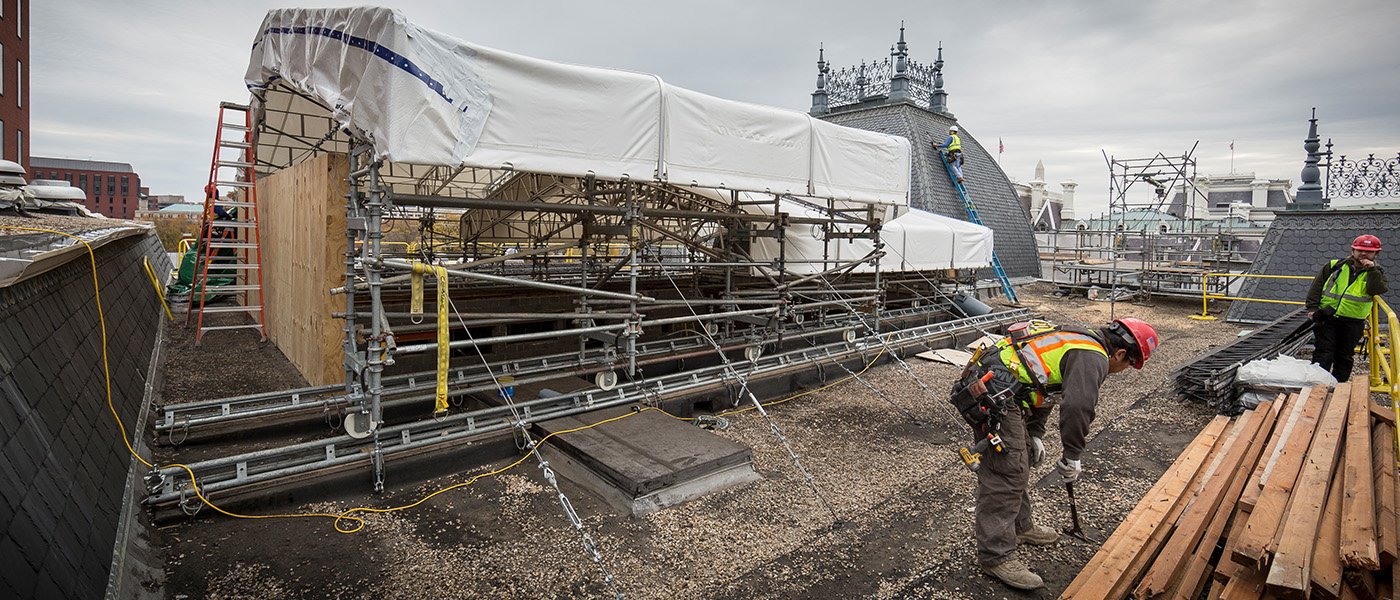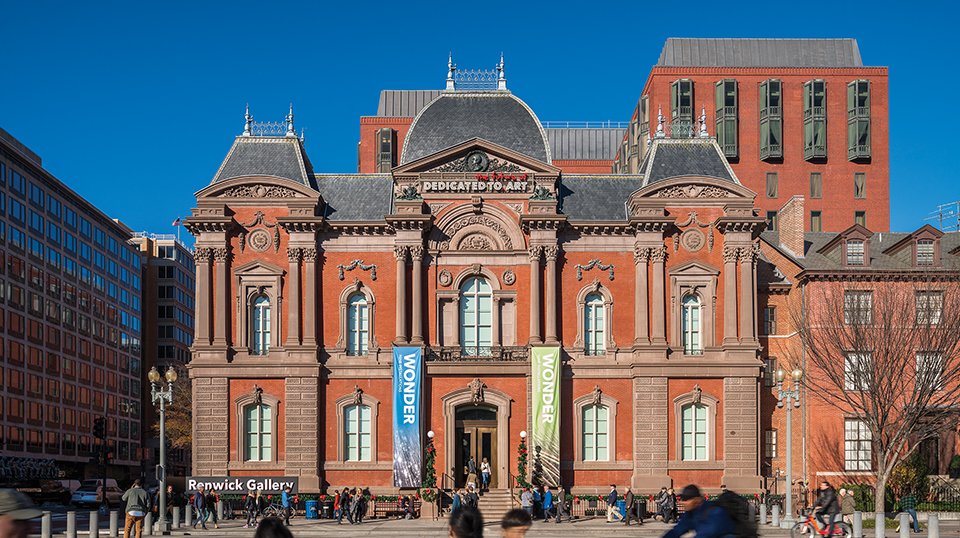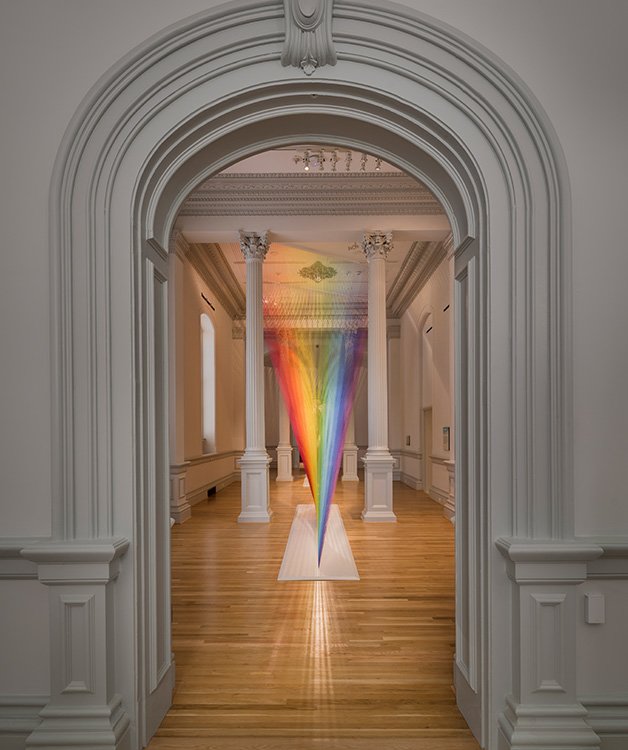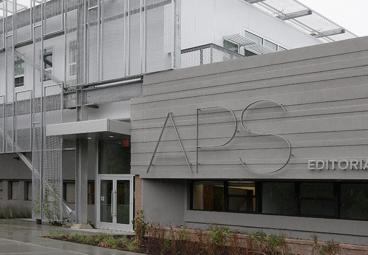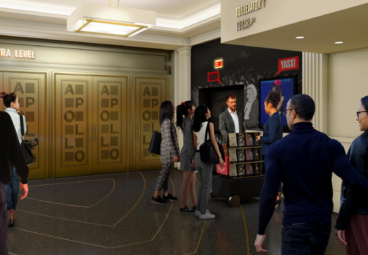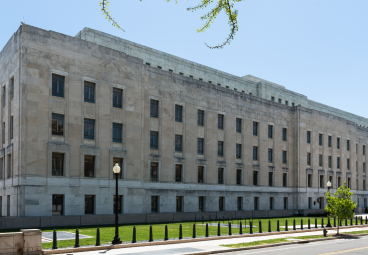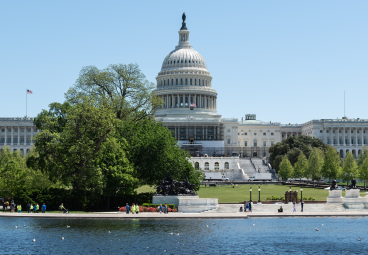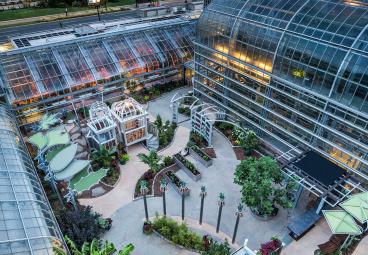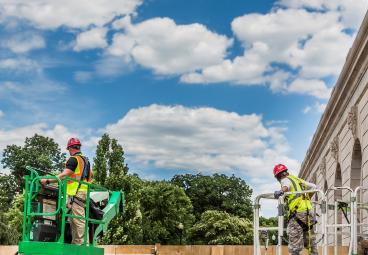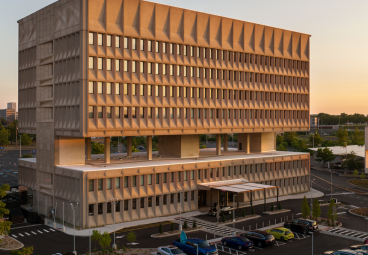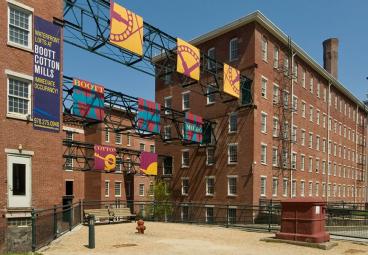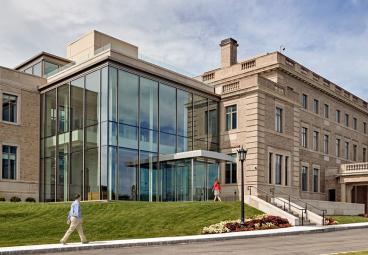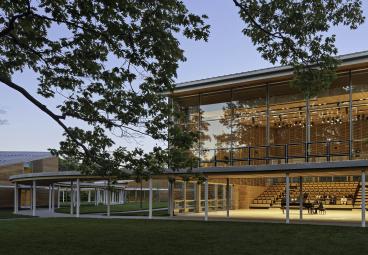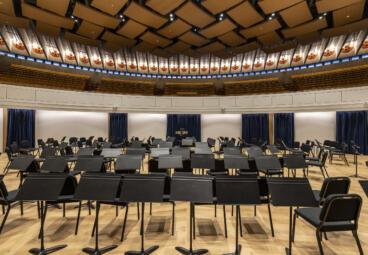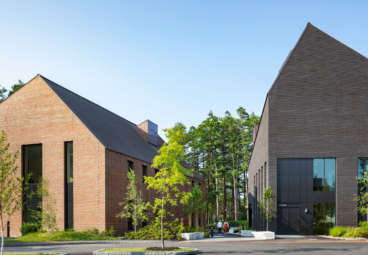Smithsonian Institution
Renwick Gallery Renovation
Consigli installed the entirely new infrastructure in 19th century walls and ceilings with surgical-like precision and craftsmanship, applying new technologies such as laser-scanning and BIM, as well as addressing formidable structural challenges without disruption to the historic ceilings, decorative cornices or vast ornamentation.
Project Overview
- Development of evolving site logistics plans to address the high-security, urban site across from the White House and adjacent to the New Executive Office Building
- Mock-ups, testing and installation of blast-resistant security windows; incorporation of blast-resistant windows into restored historic façade
- Integration of renewed M/E/P, HVAC fire protection and security systems
Our restoration of the Smithsonian Institution’s 19th-century Renwick Gallery—a National Historic Landmark and home to the Smithsonian American Art Museum—is the first comprehensive renovation of the building in over 40 years. Aptly named the “American Louvre,” the project transformed the 34,000 sq. ft. museum into a 21st-century destination. Work was performed while the museum was closed to the public, although its close proximity to the White House, Blair House and New and Old Executive Office Buildings presented ongoing logistical challenges in the high-security, heavily traveled pedestrian area.
The renovation included the complete replacement of the building’s M/E/P infrastructure, new life safety systems and accessibility upgrades, which were carefully coordinated and configured to allow for ease of maintenance. In order to successfully incorporate the new mechanical systems, the 1861 building received extensive structural upgrades ranging from lintel supports to the replacement of roof joists and new precast slab in the attic. This effort required a temporary Haki Roof System—which can be opened or closed on an as-needed basis—providing accessibility to the cramped attic spaces while safely preserving the building below. In addition, the galleries were refreshed with new finishes and energy efficient exhibit lighting systems, with the goal of making the Renwick the first all-LED illuminated museum in the U.S.
Our construction approach incorporated creative logistics to address the high-security urban site, spanning background checks, delivery checkpoints and regular communication with U.S. Secret Service officials. We utilized the existing elevator shaft to house the temporary construction hoist which limited the risk to the building’s façade, limited the use of the site perimeter and reduced safety and security concerns.

